Bylakuppe
Bylakuppe is second biggest Tibetan settlement in India, after Dharamshala. It is just at a 6kms distance from Kushalnagara.There are two Tibetan settlements Lugsum Samdupling and Dickyi Larsoe, in which thousands of Tibetan refugees live in exile. After the Chinese occupation in Tibet these Tibetan refugees have escaped their homeland to get shelter in these settlements. There are argicultural settlements, Tibetan monasteries, tourist oriented Tibetan eateries and handicraft shops all over this place. The main attraction in Bylakuppe is the Golden Temple or Namdroling Monastery which adheres to the typical Tibetan style of architecture and appears as a pleasant surprise in South India.The golden colour 40 feet tall idols of Padmasambhava, Buddha and Amitayus are heavily decorated and awe inspiring. The prayer drums, prayer wheels and the doors are full of handcrafted decorations. The walls of the temple are filled with Tibetan Thangka, a paintings depicting all the incarnations of Buddha and the deities of Vajrayana Buddhism. Large educational monastic institution Sera, the smaller Tashilunpo monastery, Sera Mey and Sera Jay monasteries and many other buddhist universities for advanced buddhist practices are also the flag bearers of the Tibetan Buddhism.
Gaddige
Rajara Gaddige is one of the most popular tourist destinations in Coorg. Rajara Gaddige is the mausoleum of the former Kodagu kings Doddaveerarajendra, Lingarajendra and Rajaguru Rudrappa. Gaddige has two identical structures, which are the tombs of the king Doddaveerarajendra and his queen. They are close to each other, built in Indo-Sarcanic style. There are central domes supported with four pillars at the corners. The right tomb is of King Lingarajendra, built in 1820 A.D.by his son king Chikkaveerarajendra. The left tomb is of Royal priest Rudrappa, built in 1834 A.D. Nearby are buried two royal officials, Biddanda Bopu who died fighting with Tipu Sultan and his son Biddanda Somaiah. This spot is just 1 km away from Madikeri.
Madikeri Fort
Madikeri Fort was originally a mud fort built by Mudduraja in last quarter of the 17th Century. It also had a palace inside the fort. This fort was rebuilt with stone by Tipu Sultan with secret underground passages. In 1790, Doddavira Rajendra took control of the fort. In 1834 the British added to the fort. Later in 1812-1814, it was once again reconstructed by Lingarajendra Wodeyar II. This palace consists of a sculpture of a tortoise with the initials of King Vijayarajendra on it and two life size stone replicas of the royal elephants which were killed by King Veera Raja.
This fort has a tale of bravery to narrate. In the inner fort there was a temple of Virabhadra which was forcibly destroyed to give place to an Anglican Church built by the British in 1855. Built in Gothic style this St. Marks Church has stained glass windows. The structure was renovated twice and in 1933, a clock tower and a portico was contructed to park the commissioner’s car. The two-storied fort is a 110 feet long structure.
Eventually today it is a museum under the Archeologial Department of India. It has become the home to some of the historical artifacts and a section has been dedicated to Field Martial Cariappa. Other areas of interest within the fort premises are the district prison, the Kote Maha Ganapathi temple and the Mahatma Gandhi Public Library. The Kote Maha Ganapathi temple is also one of the main temples in Coorg which competes during the Madikeri Dussera Festival.
Raja’s seat
Raja’s Seat is one of the important sites of Madikeri of Corg District. It’s a garden of seasonal flowers and wonderful fountains. These fountains are musical and they gush coloured water to loud rhythmic music. The garden gets the name as this was the favourite recreational place for the Kodagu Kings. The Raja’s seat is a small pavillion made out of brick and mortar, supported with four pillars and bridged by arches. The structure commemorates the association of this place with the Kodagu Kings. The Kodagu Kings used to spend time with their queens in this garden.
Layers of lush green garden and the valley of high and low raised mountains covered with mist, truly justifies the fascination of the Kodagu Kings for this spot. Built at a higher level from the nearby cliffs and valleys, from Raja’s seat one gets to enjoy a better view of the surroundings.
Watching the sunrise and sunset with the golden light covering the whole valley with its mystic beauty is an experience in itself. There is also an added attraction of Toy train for the children to enjoy.
Bhagamandala
Bhagamandala is a holy pilgrimage for the Hindus. Situated at the confluence of Kaveri and its tributary Kannike, the mythical river Sujyothi is said to have joined from underground at this point. It is considered as a scared river confluence and called as Triveni Sangama. During the Tula Sankramana, pilgrims take a dip at the Bhagamandala before proceeding towards the Talacauvery. At a short distance from the Triveni Sangama, there is a famous temple known as Sri Bhagandeshwara temple, where Bhagandeshwara, Subramanya, Mahavishnu and Ganapati idols are worshipped.
This place is also known as Bhagandeshwara Kshetra, from which the name Bhagamandala has been derived. The temples in this area are built in Kerala style. During 1785–1790, this area was occupied by Tipu Sultan. He renamed Bhagamandala to Afesalabad.
In 1790 King Dodda Vira Rajendra took Bhagamandala back into an independent Kodagu kingdom and Bhagamandala got back its ancient glory. Bhagamandala is 33kms from Madikeri and well connected to Virajpet and nearby places of Kerala.
Talacauvery
Talacauvery is a holy pilgrimage for the Hindus. Located at the Brahmagiri hills and considered to be the origin of the river Kaveri, it is situated 1276m above the sea level. At present there is a tank at the place where Kaveri is believed to have originated. The river originates as a spring supplying water to this tank. The water then flows underground to emerge as the Kaveri river at some distance. This tank is considered to be a holy place to bathe on special days. Nearby there is also a small temple dedicated to Lord Agastheeswara and frequently visited by the pilgrims. There is a legend saying that Kaveri was held captive by the sage Agasthya in his Kamandalu and Lord Ganesha in the form of a crow made the Kamandalu topple at the top of this hill when Sage Agasthya was meditating. People believe that taking bath in Talacauvery is very sacred and it can relieve man form all his sufferings.
One of the biggest attraction here, is Bhagamandala, the confluence of three rivers Kaveri, Kanake and Sujyoti. Bhagamandala is 8kms away from Talacauvery. There are nearby temples devoted to Lord Ganapathy, Subramanya and Vishnu. An annual festival is celebrated during the month of October / November every year when the river gushes out of the tank in a predetermined moment and thousands of pilgrims gather to witness the rise of the fountainhead. During this festival the region becomes very attractive with thousands of lights lit in the temples.
Apart from being a place of sanctity, Talacauvery is also a must visit tourist place when you visit Coorg. The temple is situated in a breathtaking location, in the lap of the Brahmagiri hills. The undulating layers of hills with stretches of green meadows is truly picturesque seen from the temple. A wonderful tourist place to relax in leisure.
Omkareshwara Temple
Omkareshwara Temple is situated at the heart of the Madikeri hill station. It is dedicated to Lord Shiva and was built by King Lingarajendra in 1820. This temple bears the influence of the Islamic architecture which was a result of the Islamic invasion of Kodagu during the reigns of Hyder Ali and Tipu Sultan. The temple has a dome at the centre and four turrets at the corners. Resembling the structure of a dargah, it has a Shiva Linga at the entrance of the temple. The temple has a water tank, which has a mandapa at the middle of it and a causeway to connect it with the main temple.
Omkareashwara temple got its name as people believe that the Linga present here was brought by the King from Kashi. The story goes that the king had killed a Brahmin to fulfill his political goals and he tried to conciliate his disgruntled spirit.
The spirit had turned into a BrahmaRakshasa and bothered him till he founded the temple and installed the idol. The temple has an inscription at the entrance of door which is on a copper plate. The quality that makes the Hindu temple a unique one is the confluence of the Islamic and Hindu architectural styles.
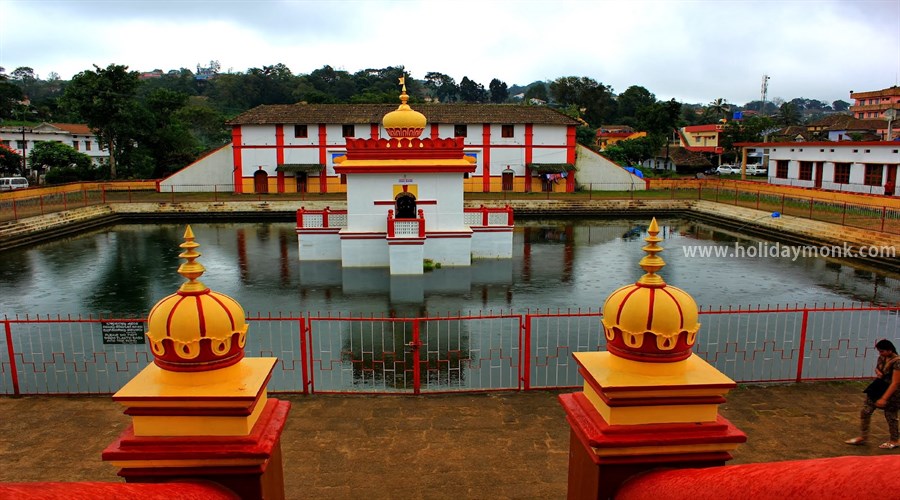

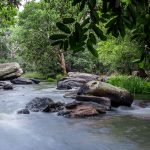
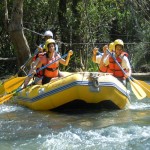
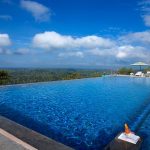
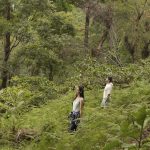
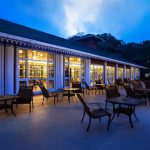
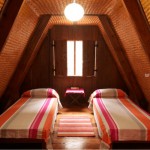
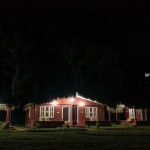
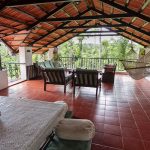
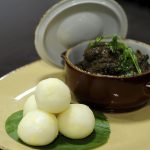
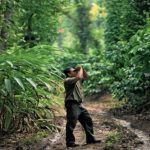
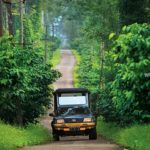
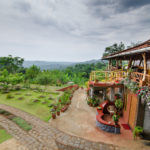
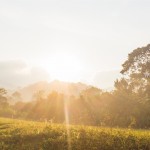
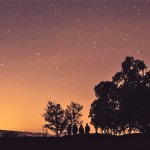
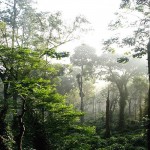
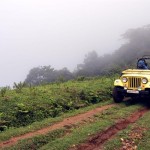
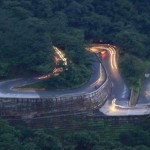
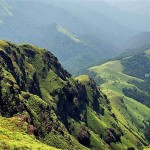
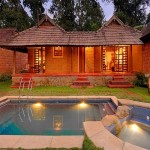
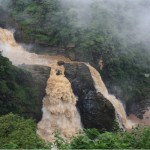
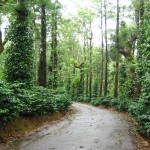
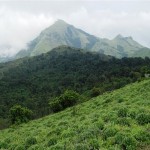
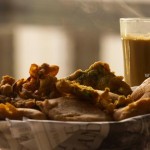
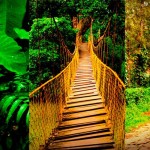
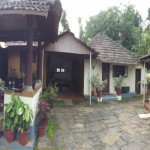
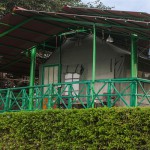
AnonymousMay 19, 2024
Thank you